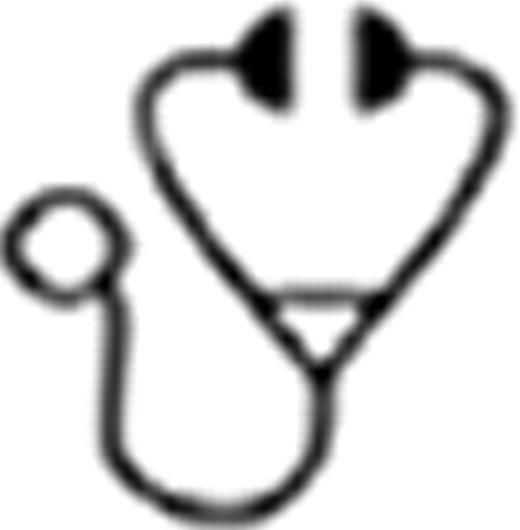Abstract
Abstract  597
597
Planned upfront AHCT after initial induction improves both overall and progression free survival (OS and PFS) for patients with MM in randomized trials. However, it is unclear whether patients with less than partial response after a finite period of initial therapy should receive AHCT immediately or undergo salvage therapy to improve the level of response pre-AHCT.
We addressed this question by querying the CIBMTR (Center for International Blood and Marrow Transplant Research) database. Between 1995 and 2010, 575 patients received upfront AHCT (within 12 mo of diagnosis) for MM after failing to achieve partial or complete response (PR/CR) to initial induction therapy. The 2326 patients who achieved CR/PR pre- AHCT had superior survival and were excluded (Fig 1). The study groups included: the 324 who received additional salvage chemotherapy after non-response to first line therapy (SALVAGE) and then proceeded to AHCT; and 251 who had no additional salvage chemotherapy but proceeded to AHCT immediately (NOSALVAGE). Outcomes of non-relapse mortality (NRM), relapse, PFS, and OS were compared measuring overall survival from diagnosis. Multivariate analysis using Cox proportional hazard models incorporated the following variables: age, gender, Karnofsky performance score, immunoglobulin isotype, stage, serum creatinine at diagnosis, disease status pre-AHCT, conditioning regimen, time from diagnosis to transplant, type of transplant (single/tandem), novel agents (thalidomide/bortezomib/lenalidomide), time-period of transplant and number of lines of pre-transplant therapy (= or > 1 line) on outcomes.
Study cohorts were well balanced with respect to age, gender, Karnofsky performance status, immunoglobulin isotype, disease stage. More pts in NOSALVAGE received VAD (60% vs. 47%, p=0.002) for first line therapy and had a base-line creatinine > 1.5mg/dl (27% vs. 17%, p=0.008). In the SALVAGE cohort, 245 (75%) received one, 65 (20%) two and 14 (4%) three salvage regimens. 197/245(61%), 47/65(59%), 2/14 (14%) were sensitive to 1st, 2nd and 3rd line salvage therapies prior to transplant resulting in 55% in SALVAGE achieving CR/PR pre-AHCT. In NOSALVAGE, 93% were in a minimal response or stable disease state and 7% with progressive disease. In SALVAGE, 55% received AHCT after 2004 compared with 38% in NOSALVAGE likely reflecting additional agents available for salvage. The majority of patients in either cohort (>90%) received Melphalan based AHCT and a minority (<20%) planned tandem AHCT. In the SALVAGE cohort, 44% had AHCT <8 months after diagnosis as compared to 74% in NOSALVAGE (P<0.001). Median follow-up for survivors was 61 mo and 68 mo, respectively.
Six year NRM (p=1.0), relapse (p=0.2), PFS (p=0.2) or OS (p=0.5) were no different between the two cohorts). On multivariate analysis, a higher creatinine at diagnosis (> 1.5 vs < 1.5) predicted for higher NRM (p=0.008) and inferior OS (p=0.003), and the use of novel agents predicted for lower risk of NRM (HR = 0.37, P=0.04). Since more time elapsed between diagnosis and transplant among patients who received additional salvage chemotherapy, a left-truncated multivariate analysis was performed to reduce this potential waiting time bias. This multivariate analysis produced similar outcomes for TRM, relapse, treatment failure and OS irrespective of whether or not salvage regimens were used (Fig 2).
In the setting of upfront AHCT, no additional benefit could be demonstrated for salvage regimens to upgrade response prior to AHCT.
No relevant conflicts of interest to declare.
Author notes
Asterisk with author names denotes non-ASH members.

This icon denotes a clinically relevant abstract



